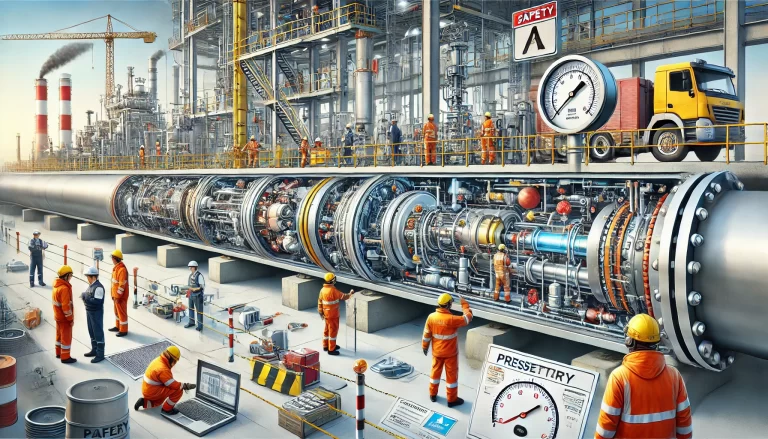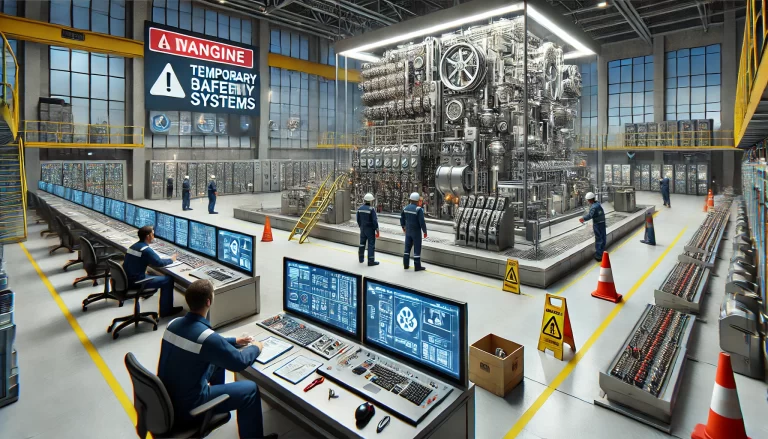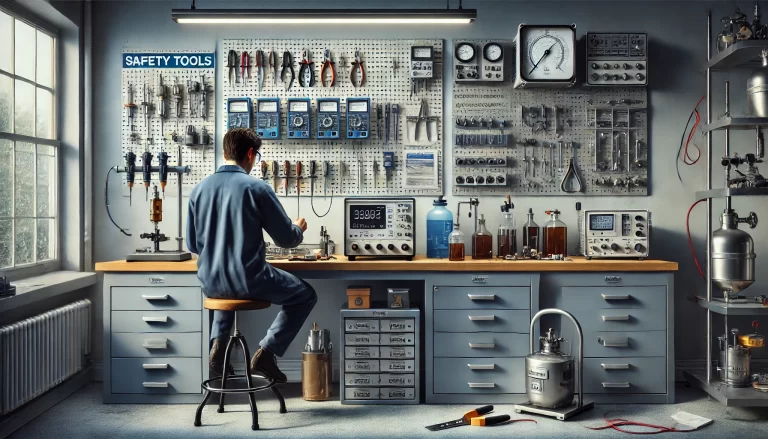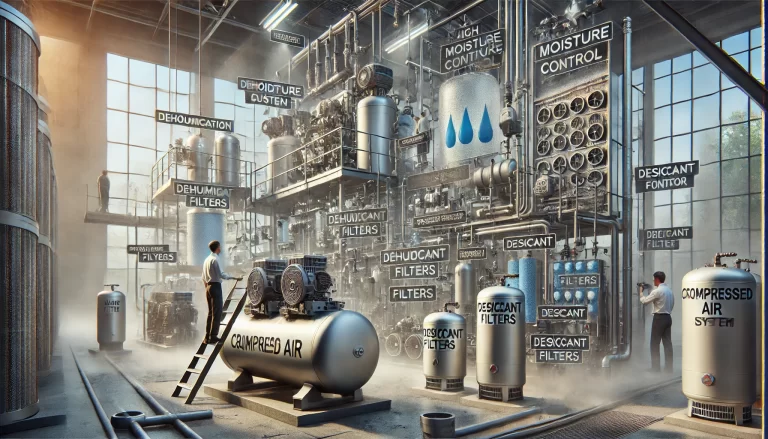In industrial operations, an excessive maintenance workload for instrumentation equipment is rarely caused by a single issue. Rather, it is the result of multiple interrelated factors—ranging from flawed initial planning to inadequate operational management. Based on common issues observed across various industries, this document categorizes the root causes into six key dimensions:

1. Initial Planning and Installation: Embedded “Congenital Defects”
Poor decisions or oversight during the early stages of a project often lead to frequent failures throughout the equipment lifecycle, becoming a primary cause of increased maintenance demands.
Design Flaws
Failure to consider real-world conditions such as high temperatures, humidity, dust, or corrosive environments.
Example: Using general-purpose instruments in explosive or corrosive chemical workshops leads to rapid degradation.
Improper layout or positioning:
Flow meters installed downstream of elbows without enough straight pipe length.
Resonance between pipes and instruments causing sensor fatigue and accelerated wear.
Substandard Installation Quality
Improper wiring, poor sealing, or mounting misalignments often result in signal drift, leakage, or premature failures.
Negligent acceptance testing:
Failure to perform rigorous post-installation testing (no-load, load simulations) allows hidden defects to enter the operational stage, leading to repeated disassembly and rework later.

2. Equipment Selection and Configuration: “Multi-brand Chaos” and “Mismatches”
Instrument selection determines long-term maintenance pressure. Two major contributors are mixed-brand configurations (“multi-national sourcing”) and parameter mismatches.
Mixed Brands Increase Complexity
Fragmented brands/models within the same facility:
Siemens, Rosemount, Yokogawa, E+H, etc., often co-exist with differing protocols, connectors, and parts.
Poor compatibility and low interchangeability lead to bloated spare part inventories and inefficient maintenance.
Inconsistent technical standards:
Some imported instruments use non-standard threads or protocols, requiring adapters that themselves become failure points.
Performance and Functionality Mismatches
Under-spec’d devices:
Ordinary magnetic flow meters used for high-viscosity fluids wear out quickly; pressure gauges lacking vibration resistance fail in pump outlets.
Over-spec or idle functions:
Instruments with smart diagnostics but no supporting digital platform lead to unused functions and unnecessary cost.
Lack of self-cleaning features in food or pharma industries increases manual maintenance workload.

3. Maintenance Personnel Capability: Skillset-Need Mismatch
Maintenance efficiency heavily depends on the skillset and experience of technicians. Skill gaps can escalate minor issues into major problems.
Incomplete Skill Coverage
Limited familiarity with multi-brand systems:
Most personnel are trained on only 1–2 brands, making fault diagnosis on rare or legacy devices difficult.
Lack of manuals or practical experience results in trial-and-error troubleshooting, increasing time by 3–5x.
Insufficient skills in digital instruments:
Smart instruments with HART/FF protocols require diagnostic and calibration skills that many technicians still lack.
Poor Judgment and Workmanship
Misdiagnosis of faults:
Mistaking sensor drift for wiring issues leads to unnecessary replacements and prolonged downtime.
Improper calibration and sealing:
Failing to reset zero point or leak test post-maintenance can introduce secondary failures.

4. Operations Management: Lack of Systematic Execution
Weaknesses in management frameworks and execution result in disorganized maintenance practices and loss of preventive opportunities.
Preventive Maintenance Gaps
No scheduled maintenance:
Absence of calibration/cleaning cycles leads to failures only being addressed after full breakdown.
No real-time condition monitoring:
Failure to detect anomalies like vibration or temperature spikes results in missed intervention windows.
Spare Parts Mismanagement
Either understocked or overstocked:
Common parts are unavailable during breakdowns, leading to long downtimes.
Rare parts are overstocked, age in storage, and become unusable.
Poor spare part quality control:
Use of cheap non-OEM parts causes replacement frequency to triple.
Blurred Responsibilities and Incentives
Unclear ownership across departments:
Disputes between production and instrumentation teams delay repair actions.
Misguided KPIs:
Over-emphasis on “repair completion rate” instead of MTBF (Mean Time Between Failures) promotes temporary fixes over root-cause solutions.

5. Harsh Operating Conditions and High Usage Intensity
Adverse environmental conditions and operational overload significantly reduce equipment lifespan, increasing maintenance frequency.
Environmental Degradation
Corrosive agents (e.g., chlorine gas, salt spray) corrode housings and terminals, requiring frequent replacement of protective components.
Thermal cycling in metallurgical environments accelerates gasket degradation, leading to repeated leaks.
Overload and Stress
Operating beyond specification:
Instruments rated for 0–1 MPa but operating at 1.2 MPa experience spring/membrane fatigue with failure rates 5x higher.
Frequent starts/stops:
In batch processing, abrupt pressure/flow changes damage sensor components like diaphragms.

6. External Support and Technology Obsolescence: The “Disconnection Gap”
Vendor support capability and system upgrades also influence long-term maintenance load.
Delayed Vendor Support
Slow technical response:
Especially for foreign brands with limited service centers; response times can exceed 3–5 days.
Long spare part lead times:
Rare or discontinued parts take 1–3 months to arrive, forcing extended operation under fault conditions.
Compatibility and Upgrade Barriers
Legacy devices incompatible with new systems:
E.g., mechanical recorders cannot integrate into DCS platforms without signal converters—introducing new failure points.
No substitute for outdated tech:
Pneumatic devices without modern equivalents require full pipeline retrofits for replacement.

🔚 Conclusion: The Compounding Effect of Multiple Factors
The high maintenance workload of instrumentation systems stems from the compounding effects of:
Poor initial planning,
Incompatible or mismatched equipment,
Insufficient technician capability,
Weak management practices,
Harsh environments, and
Gaps in vendor support or modernization.
For example, a single sensor failure could require extended diagnosis due to mixed brands, untrained staff, and unavailable parts—causing exponential increases in time and cost.
✅ Recommendation: A Full-Lifecycle Approach
To mitigate this issue, a full-lifecycle strategy should be adopted:
Upstream: Optimize selection and installation quality.
Midstream: Strengthen technician training and preventive maintenance.
Downstream: Build efficient management systems and external support channels.
Only with a systemic, multi-pronged approach can long-term maintenance pressures be sustainably reduced.
